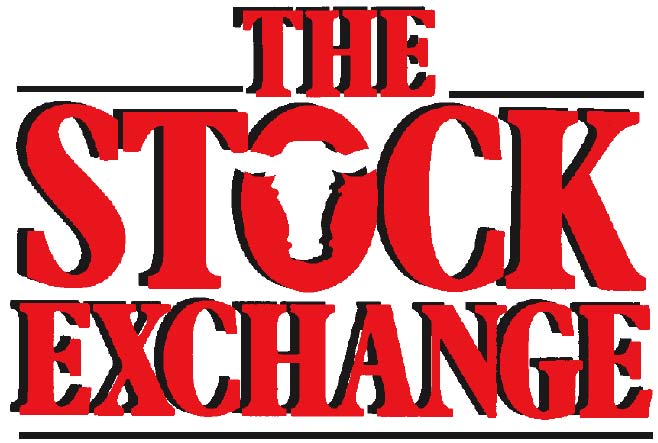Don’t let the green grass fool you
Dr. Katie VanValin- Assistant Extension Professor- University of Kentucky. Perhaps it was the full season worth of winter weather we got in one-week last month, or the above average temperatures that followed, but either way we are rounding the bend and spring will be here before we know it. One of the things I love most about spring is that along with the warmer temperatures and longer days, inevitably comes greener pastures. However,…
